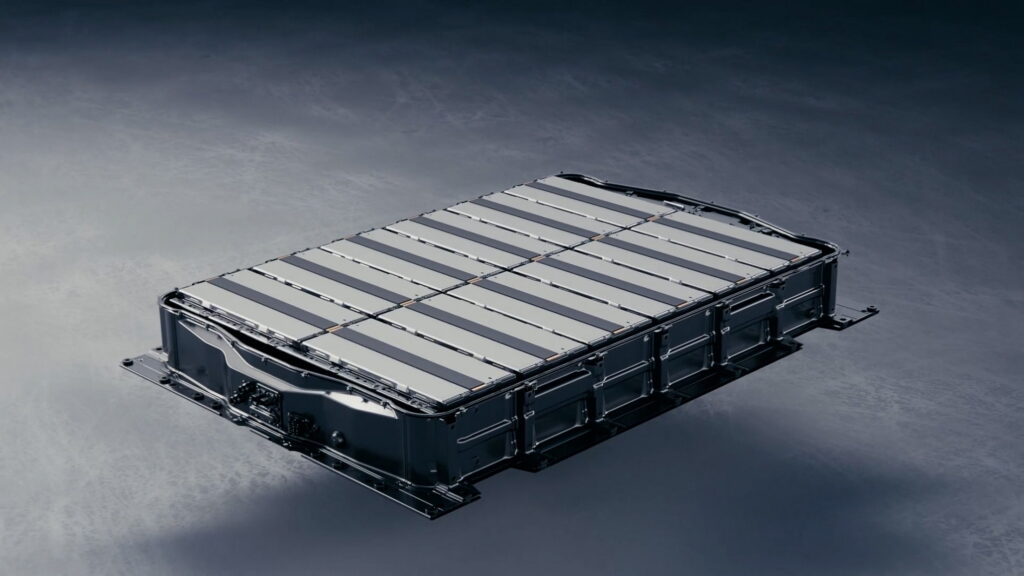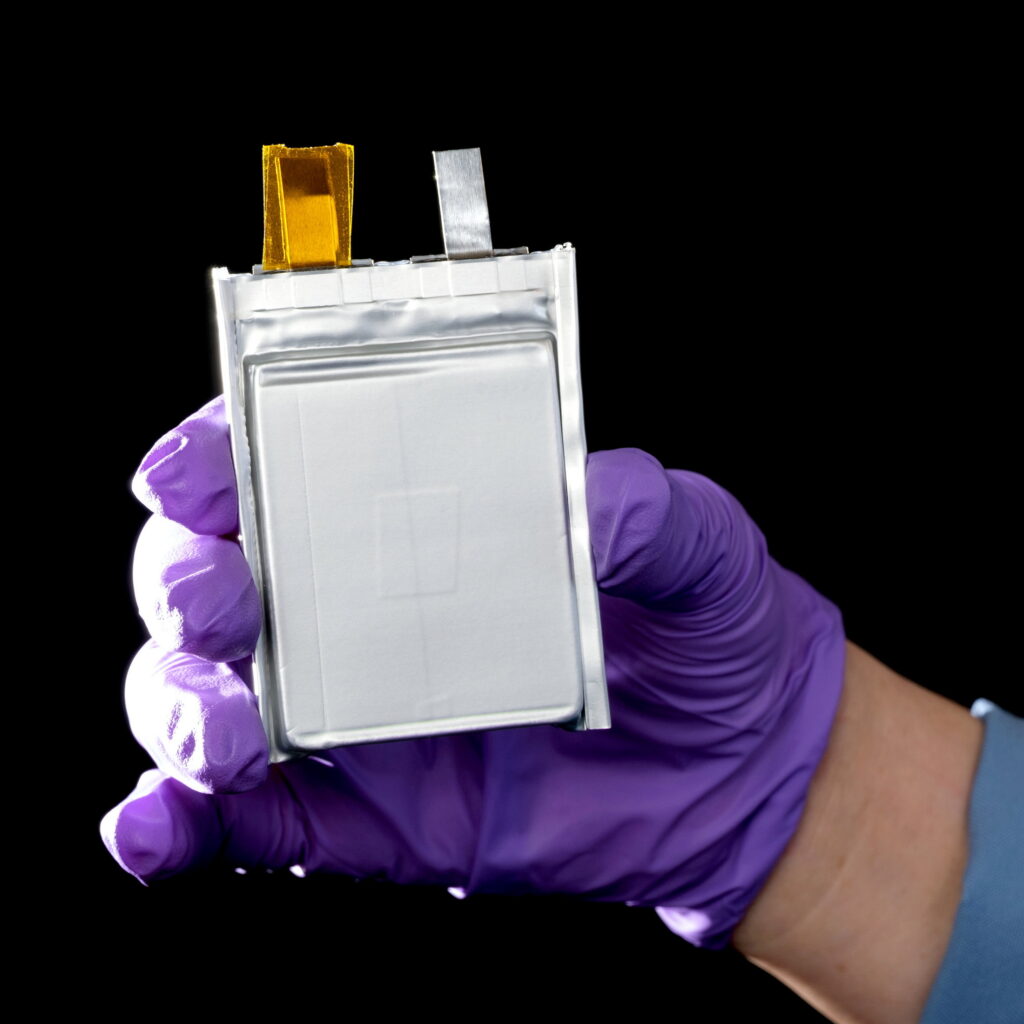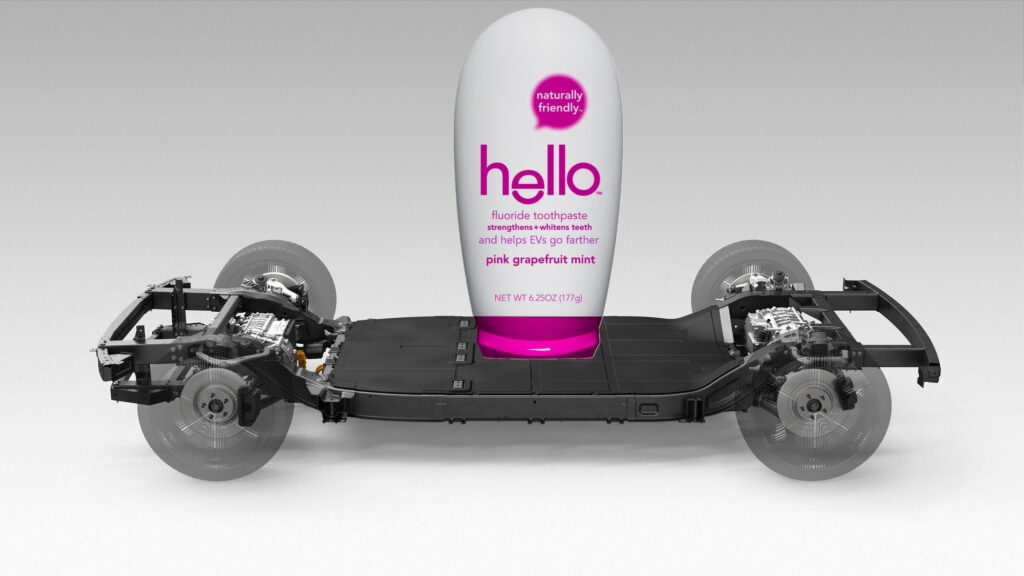If you know anything about electric vehicle batteries, it’s that the gold standard right now is the lithium-ion cell. However, there are much more energy-dense chemistries on the horizon, and a team of researchers at the U.S. Department of Energy may have made a breakthrough in lithium metal technology.
Alternative battery chemistries, like lithium metal, offer as much as two times more energy density than the lithium-ion batteries that power the longest-range EVs today. The promise of more energy density is that battery packs could be smaller and lighter, and thus more efficient at carrying passengers farther.
The downside is that lithium metal batteries can only offer that much energy density for a short period of time. As they charge and discharge, their performance worsens, and their impressive density vanishes after fewer than a hundred cycles – which would be a big problem for drivers.
However, a team of researchers led by Zhengcheng (John) Zhang at the Argonne National Laboratory’s Chemical Sciences and Engineering division has found a promising way to use fluoride, the same stuff they put in toothpaste to strengthen enamel, to help lithium metal batteries last longer.
Read: Nyobolt And Callum Aim To Slash EV Charging Times To Minutes With New Battery Tech

These batteries have a negative electrode (anode) that is made of lithium instead of graphite, hence the name. In them, lithium ions move between the anode and cathode through an electrolytic liquid, according to the Science Blog. Normal electrolytes are made up of solvents and lithium-containing salts, but that doesn’t form enough of a protective layer on the anode, leading to rapid degradation.
The research team’s solution was to change the electrolytic liquid to one containing fluoridated components that are both negatively (anion) and positively charged (cation). That helps protect the battery’s inner workings, making it last much longer.
“The key difference in our new electrolyte is the substitution of fluorine for hydrogen atoms in the ring-like structure of the cation part of the ionic liquid,” Zhang said. “This made all the difference in maintaining high performance for hundreds of cycles in a test lithium metal cell.”
Using a high-resolution electron microscope, the team was able to fine tune the ratios to create a protective layer with ideal qualities. Fortunately, the liquid is easy to manufacture, making it cheap, and uses much less solvent than traditional liquids, making it more environmentally friendly, too.
“Lithium metal batteries with our fluorinated cation electrolyte could considerably boost the electric vehicle industry,” Zhang said. “And the usefulness of this electrolyte undoubtedly extends to other types of advanced battery systems beyond lithium-ion.”





